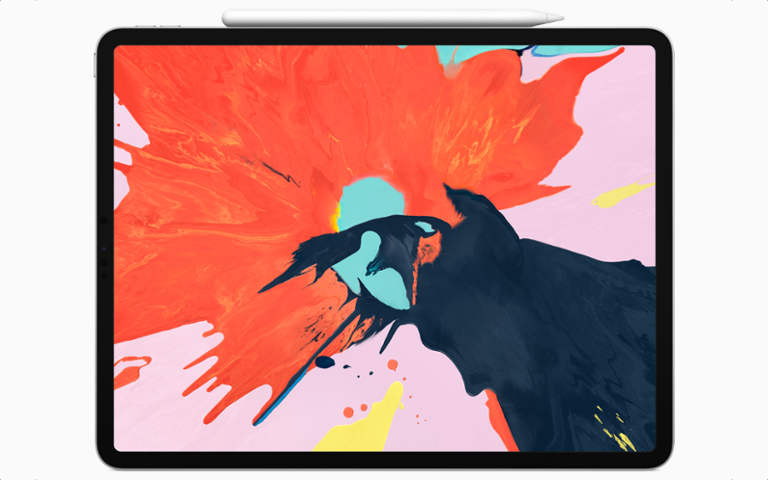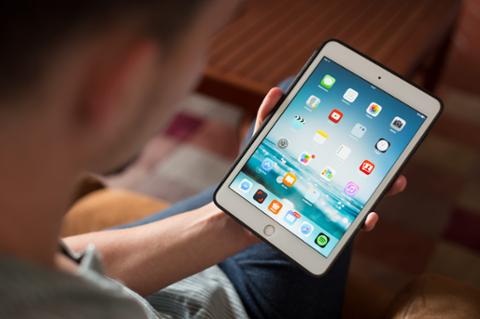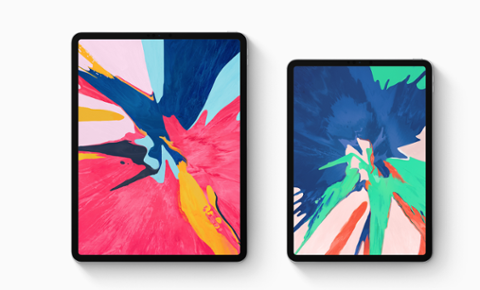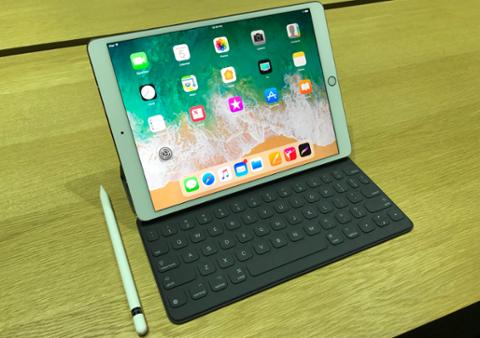iOS 13 May Go Dark, Double-Down On iPad (Again)... But Why?
WWDC 2019 is expected to bring us iOS 13 (in addition to updates for macOS, tvOS, and WatchOS), and a new report suggests it will have a system-wide dark mode, along with even more tweaks for iPad. 9to5Mac, citing “people familiar with the development of the operating system,” reports that dark mode for iOS 13 will appear in the Settings app, and will include a high-contrast version (as with macOS). With iOS 13, iPad will reportedly receive the lion’s share of attention this time around (again). Most notably, apps are said to have ‘windowed’ views, which enables users to have multiple windows open, just like on a desktop. That’s right, you can now have as many Excel spreadsheets open as you like. Rejoice. These windowed views can be pinned to “a portion of the screen,” much like how iPad multi-tasking works now. But iteratively, Apple iOS 13 is said to allow for dragging and dropping of those windows. The report likens it to PanelKit, an open-source project that takes pop-up menus and allows them to be used as windowed views anywhere you like; Apple’s treatment is said to focus on apps, not menus, but could (theoretically) apply to both. (Fun fact: PanelKit’s creator, Louis D’hauwe, also made pointerkit, allowing a ‘pointer device’ like a mouse to work on iPad, which sounds very Marzipan’y to us. There’s also openterm, a “sandboxed command line interface for iOS,” and savannakit, the Swift-based framework for creating your own IDEs on iOS and macOS. D’hauwe now works at Apple as an Xcode engineer.) The iOS 13 keyboard is said to have a native ‘undo’ gesture, too, which will allow users to swipe with three fingers to undo their latest input. Safari will default to the desktop site for most webpages. Mail is getting a bit more Gmail-ish with categories such as Marketing, Purchases, or Travel; it will also support a ‘read later’ queue. Apple engineers are reportedly working to make the collaborative features found in Pages, Numbers, and Keynote available across apps. We should expect this to arrive as an API, or perhaps a wider ‘kit’ named something like ‘CollaborationKit.’ Naturally, these tweaks feel like changes necessary to make cross-platform apps a thing. There are several ways to look at this information. It’s technically a rumor, but the provenance of this information is routinely accurate, so we lean toward treating it as news rather than pure scuttlebutt. If that’s the case, Apple seems to be quietly distancing itself from the iPhone; nothing about iOS 13, according to this report, is unique to Apple's smartphone platform. Such features come at a strange time for Apple and the mobile device market in general. Earlier this year, Apple halted sales of its stock while it cut guidance for Q1 2019. One of the more glaring reasons cited was weak iPhone sales in the wake of the $999-and-up iPhone X lineup. Apple also said it would no longer break out categorized sales; moving forward, we’ll have no idea how strong iPhone sales are, or how weak iPad sales have been. Outside the Apple sphere of influence, smartphone manufacturers are building folding phones. Currently selling at outrageous price-points, the folding phones hint at a sea change for mobile; the ability to carry around a phone that becomes a tablet is enticing. Reading the tea leaves, we have to wonder if Apple is preparing to ditch the iPhone as we know it. Since iOS 11, Apple has focused on iPad features for its mobile operating system. The iPhone X (and new iPad Pro) shows Apple really likes higher price points, and isn’t afraid to take a hit on hardware sales so it can sell you subscriptions to services. It seems Apple is laying the foundation to build its mobile empire anew with a folding device that will serve as a monolith flagship offering. We’re sure the ‘iPhone’ and ‘iPad’ will continue to serve as entry-level offerings, but the fullest experience may be on a folding device. Of course, that’s the future. Right now, we’re getting dark mode.



